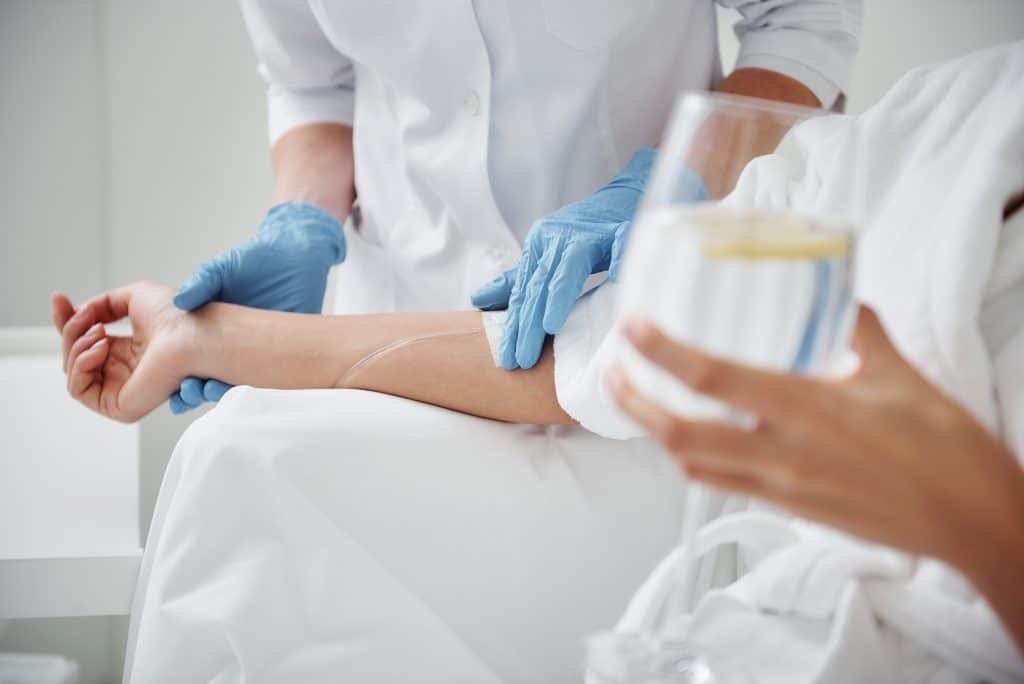Have you ever tried performing surgery with outdated instruments? That’s like showing up to a gunfight holding a butter knife. In 2025, accuracy, speed, and protection in veterinary care aren’t just nice to have; they are essential. More and more pet owners are looking for clinics that offer specialized treatment and the latest technology. Because of this growing demand, the need for advanced surgical tools is rising quickly. A 2024 report by Grand View Research points out that the market for veterinary surgical instruments is expected to grow steadily, at around 6.9% each year through 2030.
That’s no surprise. Modern veterinarians do far more than routine checkups. They’re surgeons, technicians, diagnosticians, and sometimes, miracle workers. With roles expanding this fast, talent alone isn’t enough. You need reliable, high-performance surgical tools that keep up with the demands of today’s animal care. In this guide, we’ll walk through a list of essential veterinary surgical instruments that no vet should be without in 2025.
The Shift Toward Smart & Specialized Surgical Tools
Gone are the days when basic scalpels and forceps were enough. Veterinary clinics now depend on increased technology instruments that allow for microsurgery, minimally invasive procedures, and faster recovery times. The rise in pet insurance, increased awareness of animal health, and the humanization of pets are driving investment in vet surgical tools that are smarter and safer.
For Example, go for a Dr. Tail veterinary software platform that provides smart health monitoring for pets. Clinics adopting systems, such as Dr.Tail, often combine this data with precision tools, creating a new era of predictive and preventive animal surgery.
Top Veterinary Surgical Tools Vets Should Use in 2025
From the latest design to long-lasting classics, all play an important role in a 21st-century veterinary surgical center. Let’s dig into the main instruments.
1. Electrosurgical Units (ESU)
These are a staple in every high functioning veterinarian. Electrosurgery allows for precise cutting and coagulation. They minimize blood loss and reduce surgical time. According to a review published in the Veterinary Surgery Journal ESUs reduce post-op complications by over 30% when compared to traditional scalpels.
This tool is especially useful in soft tissue surgeries and spays/neuters where time efficiency and cleanliness are crucial.
2. High-Speed Veterinary Surgical Drills
From fracture repairs to joint realignment, orthopedic procedures require bone drills with speeds reaching 30000 RPM. New generation drills now include automatic torque control and programmable depth settings to prevent over penetration. Brands like Synthes and DePuy Vet have advanced their designs to include lightweight ergonomic grips for long procedures.
3. Laparoscopic Surgery Equipment
Slightly invasive surgery isn’t just reshaping human healthcare; it’s also changing the game in veterinary medicine too. Using tools like laparoscopes, vets can now perform procedures such as spays, biopsies, and bladder surgeries through tiny incisions, sometimes no bigger than a dime. The result?. Faster healing, less pain and minimal scarring. In fact, animals tend to recover nearly 50% quicker. It’s a major win for veterinarians and a big comfort for the people who love their pets.
4. Advanced Surgical Lights with LED Technology
Precision requires visibility. Modern LED surgical lights offer 160,000+ lux brightness with zero heat emission, reducing eye strain and surgical fatigue. They’re now adjustable via voice control or mobile apps, making them both hands-free and sterile.
5. Anesthesia Monitoring Systems
Surgical outcomes often depend on proper anesthetic delivery. New anesthesia monitoring devices track heart rate, oxygen saturation, temperature and CO2 levels in real time. Brands like Midmark and VetEquip offer touchscreen monitors that integrate with electronic health records (like DrTail) ensuring patient safety every second of the procedure.
The Experts recommend full physiological monitoring for any procedure exceeding 20 minutes.
6. Self Retaining Retractors and Microforceps
Precision instruments like Castroviejo needle holders, Gelpi retractors and microvascular clamps are becoming more commonplace especially in exotic animal practices or when operating on small breeds. These instruments are vital for delicate procedures where tissue integrity matters.
7. Surgical Staplers and Ligasure Devices
Speed and hemostasis are crucial during emergency surgeries. Staplers reduce the time under anesthesia while ensuring clean, sealed closures. Meanwhile, Ligasure tools provide a thermal fusion of vessels up to 7mm, offering a sutureless and faster solution.
A study published in Frontiers in Veterinary Science found that Ligasure use reduced surgical bleeding by 45%, which directly lowers recovery complications.
8. Surgical Suction and Lavage Systems
Whether it’s flushing infected wounds or maintaining a clear surgical field, modern suction devices now combine irrigation and aspiration in one tool. The dual function keeps surgical sites clean, especially during orthopedic or abdominal operations.
9. Sterilization Autoclaves with Smart Sensors
Clean tools save lives. Newer tabletop autoclaves now come with built-in error detection systems, automated temperature control, and QR code logs for each cycle, ensuring compliance and reliability.
Modern clinics have switched to Class B autoclaves for their ability to sterilize porous and packaged loads with deeper penetration.
10. Veterinary Surgical Carts & Modular Tables
You can’t perform like a pro if you’re tripping over your tools. Modern animal surgical equipment includes customizable carts with antimicrobial coatings, lockable wheels, and cable management systems. Adjustable surgical tables with memory foam pads and hydraulic lift reduce strain for both pets and staff.
Growing Demand for Smart Surgical Integration
The next frontier is robot assisted veterinary surgeries with AI assisted diagnostics on the rise. While still in the early stages, platforms are emerging. They use machine learning to guide incisions, measure bleeding risk and suggest optimal surgical paths based on patient history. Integrating smart platforms like DrTail with surgical tools will continue redefining standards of care.
Top 5 Veterinary Surgical Tools by Demand in 2025
| Surgical Tool | % Increase in Global Demand (2024–2025) |
| Laparoscopic Instruments | 38% |
| Electrosurgical Units | 32% |
| Anesthesia Monitors | 29% |
| Surgical Staplers | 25% |
| Orthopedic Power Drills | 23% |
Final Words:
Veterinary surgery in 2025 is no longer only about finding the medical condition; it’s about optimizing outcomes. From increasing curing levels to decreasing human error, advanced veterinary surgical tools offer veterinarians with benefits of both routine and difficult procedures. Whether you run a bustling clinic or a specialty practice, upgrading your vet surgical tools isn’t a luxury; it’s a necessity.
Don’t fall behind. The future of veterinary medicine is sharp, smart and surgically precise.
















Leave a Reply